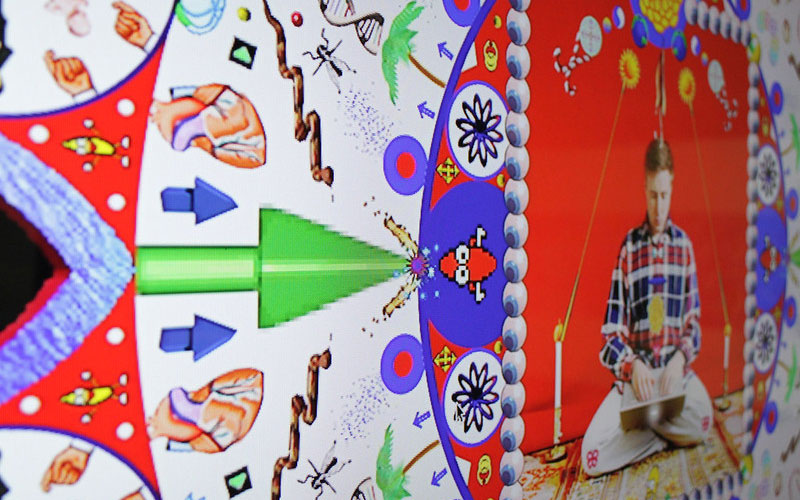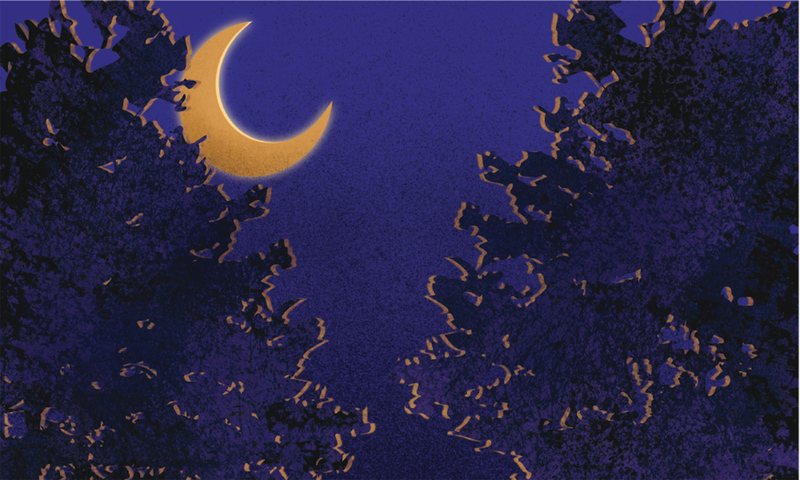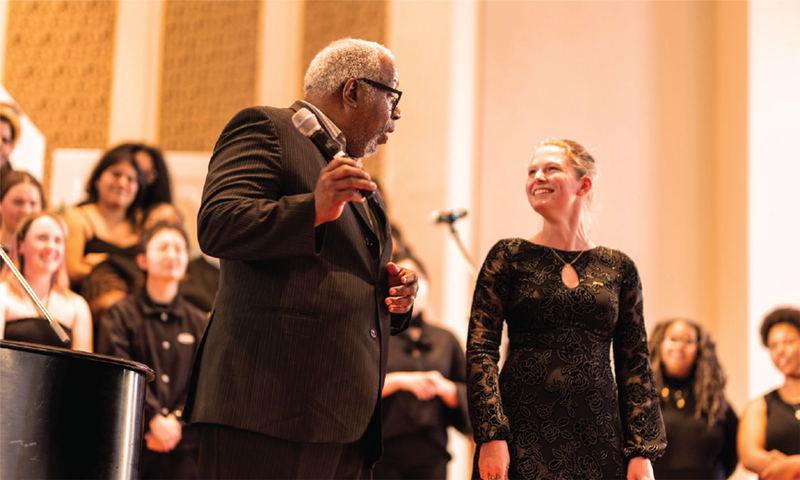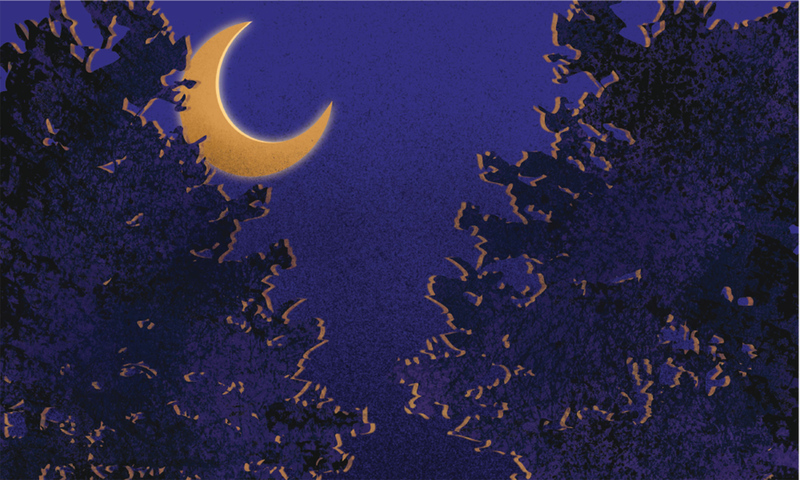“Since the early days of the web, users have been posting animated GIFs. Once synonymous with shoveling construction workers on parked domains, these moving images now more commonly find their way to Tumblr blogs. Now GIFs are more frequently appropriated images than hand drawn, but like their predecessors, are still frequently annoying.
They attract attention. They flicker and undulate. They stutter. “Graphics Interchange Format” (GIF unabbreviated) surveys a small subsection of fine art workers within this growing culture of image-makers. Focusing on work that engages both the language of the Internet and fine art, this exhibition aims to articulate the value of the GIF in the context of the gallery. Participating artists include Duncan Alexander, Kevin Bewersdorf, Saul Chernick, Petra Cortright, Stephanie Davidson, dump.fm, MTAA (Tim Whidden and Michael Sarff), Lorna Mills, Tom Moody, Marcin Ramocki, and Spirit Surfers.
Like any product of the Internet, sampling and remixing is a dominant method of working with GIFs and a theme in the show. Artist collective MTAA’s “Simple Net Art Diagram” is a prime example of this, their image created and released to the public domain for remixing in 1997. An illustration of two computers with a red flashing lightning bolt between them, the picture locates communication and exchange as the center point of art. Of course, artists don’t generally license their GIFs – Internet users usually assume they can do what they want with them – but the gesture was an invitation to converse. Now dozens, if not hundreds, of “Simple Net Art Diagram” GIFs exist.
One recent response to “Simple Net Art Diagram” is an untitled GIF by Kevin Bewersdorf. Made in 2008, Bewersdorf locates “art” as the energy that originates from within the artist and is exchanged by makers through their computers. “Mandala”, a related work by the artist produced in 2008 picturing a meditating Bewersdorf surrounded by bouncing GIFs, demonstrates a clear connection to this philosophy. “Bewersdorf’s GIF incorporates hundreds of independently moving found GIFs with very little compression (a technical accomplishment achieved with the help of Paul Slocum),allowing the artist to depict each component with great clarity.” The original video was full screen but the GIF version is smaller and it’s still amazingly detailed.
The same year, Bewersdorf founded Spirit Surfers with Paul Slocum, a group image blog, in which a small number of invited artists post regularly. In contrast to MTAA, a collective that very squarely identifies what they do as art, Bewersdorf considers the posted images neither art nor non-art.
But, in a sense the very structure of the Spirit Surfer blog resembles art: all posts are separated into “boons” and “wakes” – or, perhaps, “objects” and “context”. The former are treasures brought back from a day of surfing the net, the latter images, text, or video telling us where the boons come from. Whether or not all posts should be labeled art is, of course, up to Spirit Surfers’s contributors to decide.
“Where is it?” a video produced with GIFs made by Spirit Surfer Marcin Ramocki is set to electrified music made by Paul Slocum. The video reflects Bewersdorf’s philosophy by including a thumping page describing the heart and kidneys as the main transformer of chi energy, though the narrative of the piece as a whole remains intentionally oblique. It’s filled with intuitively connected images: rotating blocks; Chewbacca under a series of flashing weather icons; glittering poodles.
If this method of organization doesn’t sound particularly mystical, that’s because it’s not. While artists like Ramocki and Bewersdorf might have varying levels of interest in what happens to one’s soul when surfing, the idea that art itself might have unexplained powers is often looked at with skepticism. This practical take on work often shows up on Dump.fm, a popular image chat room used by artists and other creative types. The site plays host to a variety of members — some infrequent visitors, others near-permanent fixtures — only a few of whom use the site to develop their own work. The site’s newly launched daily hall of fame both functions as a digital sketchbook and highlights the temporal nature of dump.
Unsurprisingly, two of the site’s more active members – Tom Moody and Duncan Alexander - also have work in the show. One of three GIFs by Moody included in the exhibition is a collaborative GIF made with Dump user Frankhats (Joel Cook); a machine drawn from a science animation. Alexander’s Brion Gysin gifs were made in response to Moody’s “Internet Circulation Project”, a call to artists, to remix two collages Gysin made in collaboration with William S. Burroughs. The point was to disprove critic Ben Davis’ assertion that Gysin’s work was part of a vanishing world.
Gysin’s work is in fact quite relevant to artists whose source material is largely found online. In particular, Alexander makes work about the physical processes behind vision and perception. “Dreammachine”, a strobing light show by Brion Gysin on view at The New Museum in the summer of 2010, inspired the artist (and others) to create a series of GIFs that achieved the same synaptic effect.
The throbbing lines of Moody’s “OptiDisc” create a similar effect. Like much of his work, the image embodies the ideals of modernism, generating a push-and-pull between emotional awe and reason. Their emotive qualities last only as long as Moody allows a reverence for technology – in Moody’s world modernism is only an afterimage, its spirit eventually replaced by mechanical functionality.
Moody’s, Gysin’s, and – by proxy – Alexander’s interest in the psychedelic suggests in part a desire to leave the body. It’s no surprise that this might be relevant to artists who spend enormous amounts of time in the virtual world, though this interest takes many forms. Stephanie Davidson, for instance, is interested in creating vaguely creepy GIFs incorporating Ouija boards, black magic, and spirits from the afterlife. Cotton balls turn into cats, a coffin emits rainbow gradient gas, and an aluminum blanket moves as if possessed. They are macabre jokes depicting a world in which the ubiquity of cultural production and the online marketplace produce levitating sandwich trays in corporate boardrooms. The dead don’t eat much though, which suggests Davidson thinks our efforts are not well directed.
Also investigating the afterlife are Saul Chernick’s Renaissance-inspired images of dancing skeletons with lutes. His take on the subject, though, seems more celebratory than one would think: in one work, a frog sits on the skull of one dancing skeleton while happy snakes run through two others. Inasmuch as these works are about death, they are equally about production and distribution; Chernick based his animations on some of the first cheap and accessible prints of their kind, much like gifs.
While Chernick draws upon printmaking, Petra Cortright takes inspiration from the tradition of collage. Combining videos of the natural world with windows from a PC operating system, the work looks unfamiliar despite its commonplace elements. After all, we have all seen images of river water and file frames – what’s disconcerting in Cortright’s work is that they have been arranged in such a way that the operating system looks corrupted. That none of the links between GIFs are marked only adds to the disorienting experience.
This work doesn’t concern itself with whether art has any real power, a subject Lorna Mills broaches. Her piece “Focal” showcases duplicate shots of a family picnic distorted through the bottom a transparent plastic cup. Mondrian’s famed painted patterns adorn the mug, yet the family looks no more special as a result. Here art is just a cheap wrap.
In another series of GIFs picturing twirling Olympic ice dancer, Mills crops out squared-off areas around the dancers’ moving arms. The result creates depth. Mills’ figures look as though they are being viewed through moving rectangular shapes, the white of a page now resembling gallery walls. In both cases, Mills creates a frame through which her GIFs should be seen. This serves a number of purposes, not the least of which is reminding the viewer that her works require a longer look.
The same could be said of all the art in “Graphics Interchange Format”, which not only requests but also deserves our attention. After all these gifs aren’t just blinking images, they are the beginning of a new conversation.”
-Paddy Johnson, Founder of artfagcity.com and show curator






